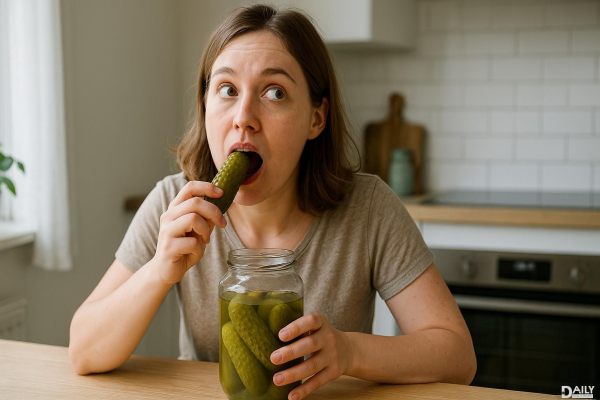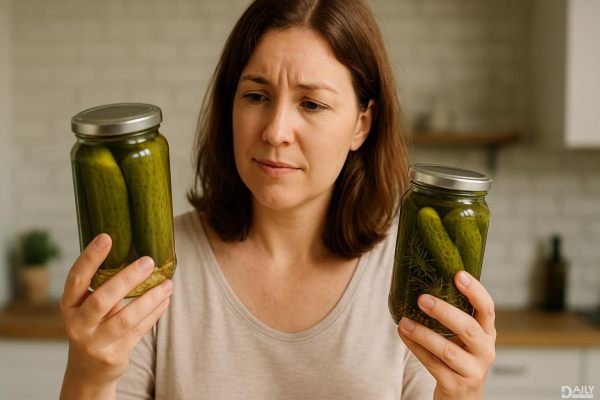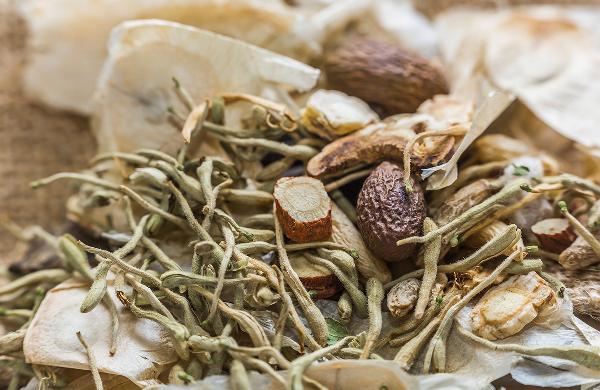Getting a diabetes diagnosis—whether it’s for you or someone you love—can feel like a whirlwind. Suddenly, you’re reevaluating every meal, snack, and grocery run to make sure blood sugar stays in check. And while loading up on veggies is always a smart move, not all vegetables are created equal when it comes to diabetes management. Some are absolute superstars, while others might need to take a backseat (or at least share the plate wisely).

So, let’s break it down—no confusing jargon, just straight-up facts on which veggies deserve a standing ovation and which ones should maybe stick to a cameo role.
The Best Vegetables for People With Diabetes
When you’re managing diabetes, non-starchy vegetables are your best friends. They’re packed with fiber, vitamins, and minerals, and they don’t send your blood sugar on a rollercoaster ride. Here are the MVPs:
Broccoli
This green powerhouse is basically the Swiss Army knife of veggies—it works in salads, stir-fries, casseroles, and even as a pizza topping (yes, really). Broccoli is low in calories but high in fiber, vitamin C, and B vitamins, making it a blood sugar-friendly choice.
Pro tip: Buy pre-chopped florets to save time, or roast a big batch to toss into meals throughout the week.
Cauliflower
Cauliflower has had a serious glow-up in recent years, showing up in everything from rice alternatives to pizza crusts. And for good reason—it’s low in carbs but high in fiber, vitamin C, and folate.
Fun fact: One medium head of cauliflower packs 12 grams of fiber, which helps slow digestion and keeps blood sugar steady.
Asparagus
Fancy yet simple, asparagus is a diabetes-friendly veggie that brings fiber (3g per cup) and minimal carbs (just 5g per cup) to the table. Grill it, roast it, or toss it into a stir-fry—it’s always a win.
Kale
Kale isn’t just for trendy smoothie bowls. With 3g of fiber and only 6g of carbs per cup, it’s a nutrient-dense addition to soups, salads, or even crispy baked chips.
The Worst Vegetables for People With Diabetes
Now, let’s talk about the starchy squad—veggies that, while not bad, should be eaten in moderation because they pack more carbs and can spike blood sugar if you’re not careful.
Potatoes (Sweet & Regular)
Sorry, spud lovers—potatoes (yes, even sweet potatoes) are high in carbs. A small roasted potato is fine, but giant mounds of mashed potatoes? Not ideal.
Smart swap: Pair a small portion with protein (like grilled salmon) and fiber-rich veggies (hello, broccoli!) to balance things out.
Corn
Corn on the cob is a summer staple, but just ½ cup of kernels has 21g of carbs and only 2g of fiber. If you’re craving it, keep portions small and balance with protein.
Peas
Peas are sneaky—they seem innocent, but 1 cup has 20g of carbs. Stick to ½ cup if you’re watching your intake.
Butternut Squash
This fall favorite is nutritious but carb-heavy (16g per cup). Enjoy it in moderation, and pair it with leafy greens to keep blood sugar steady.
Vegetable Juice
Wait, what? Yep—while veggie juice sounds healthy, it’s missing one key thing: fiber. Without it, the natural sugars hit your bloodstream faster. Stick to whole veggies whenever possible.
The Bottom Line
Managing diabetes doesn’t mean giving up your favorite foods—it’s about balance. Load up on non-starchy veggies (broccoli, cauliflower, asparagus, kale), enjoy starchy ones in smaller portions, and always pair carbs with protein and fiber to keep blood sugar stable.
And remember: No food is off-limits—just strategically enjoyed. Now go forth and veg out (wisely).
























